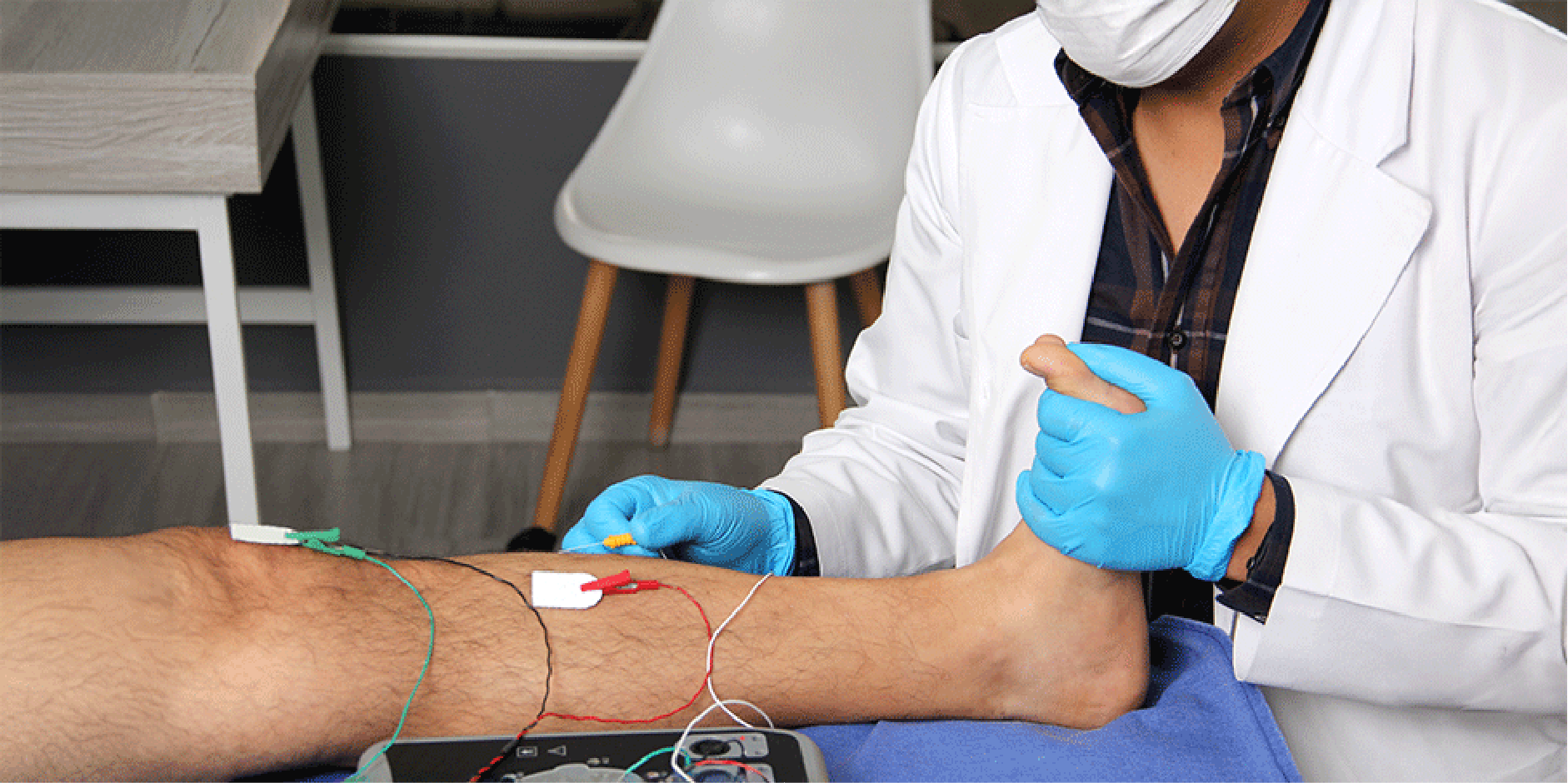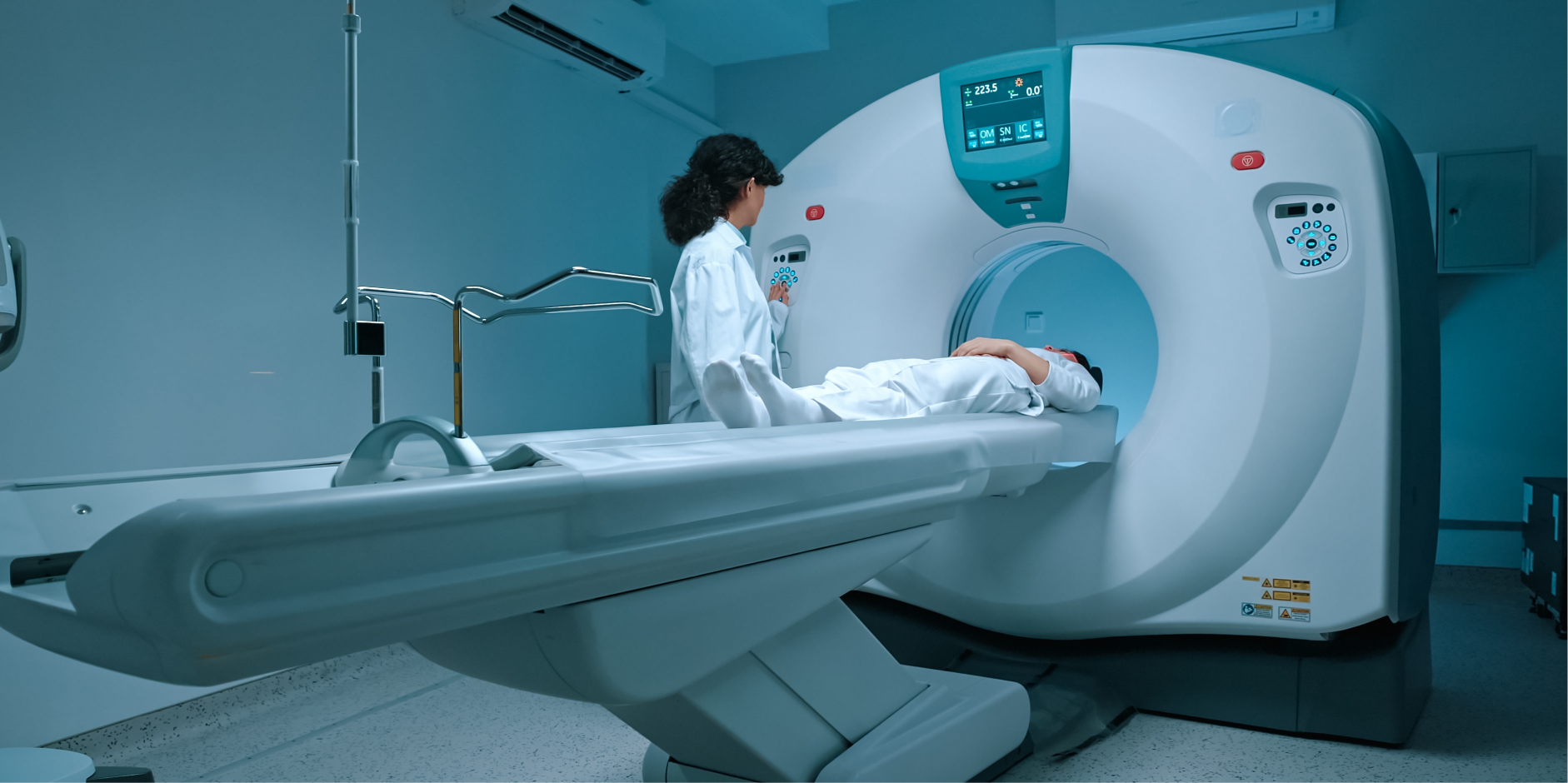Content on this page:
Content on this page:
Laboratory Tests and Ancillaries
Laboratory Studies
Essential blood tests in
the diagnosis of amyotrophic
lateral sclerosis include erythrocyte
sedimentation rate (ESR), C-reactive protein, complete blood count (CBC), liver
function tests (LFTs), creatinine kinase, electrolytes (eg Na, K, Cl, Ca),
glucose, thyroid function tests, and lactate dehydrogenase. Genetic testing may be considered upon diagnosis, particularly
for the SOD1 and C9ORF72 genotypes.
Electrophysiological
Studies
The diagnosis of amyotrophic
lateral sclerosis is supported
by fasciculations in one or more regions, neurogenic changes in EMG results,
normal motor and sensory nerve conduction, and absence of conduction block. If
the diagnosis of amyotrophic lateral sclerosis is considered on clinical grounds, electrophysiological
studies should be performed to confirm lower motor neuron dysfunction in
clinically affected regions, to detect electrophysiological evidence of lower
motor neuron dysfunction in clinically uninvolved regions, and to exclude other
pathophysiological processes.
Nerve Conduction
Studies
Nerve conduction studies may be used to exclude demyelinating
motor neuropathies, which mimic amyotrophic lateral sclerosis. Motor nerve conduction is normal in the early stages of amyotrophic lateral sclerosis, but in advanced stages, denervation
is observed, and this reduces muscle action potential amplitude.
Electromyography
(EMG)
Findings in the EMG of amyotrophic lateral sclerosis patients include features
of acute and chronic denervation and reinnervation. Not pathognomonic for amyotrophic lateral
sclerosis, but similar abnormalities in several muscle proximal and distal limbs
suggest a diagnosis of amyotrophic lateral sclerosis when there is no corresponding nerve root compression significant to
cause the abnormality.
 Amyotrophic Lateral Sclerosis_Diagnostics 1
Amyotrophic Lateral Sclerosis_Diagnostics 1Imaging
Neuroimaging Studies
Neuroimaging studies are done to exclude other conditions. Advances in
neuroimaging led to findings suggestive but not specific to amyotrophic lateral sclerosis: Corticospinal
tract hyperintensity and cerebral atrophy detected in magnetic resonance
imaging (MRI) and reduced primary motor cortex N-acetylaspartate to creatinine
ratio in magnetic resonance spectroscopy.
 Amyotrophic Lateral Sclerosis_Diagnostics 2
Amyotrophic Lateral Sclerosis_Diagnostics 2Imaging
A chest X-ray should also be done.
